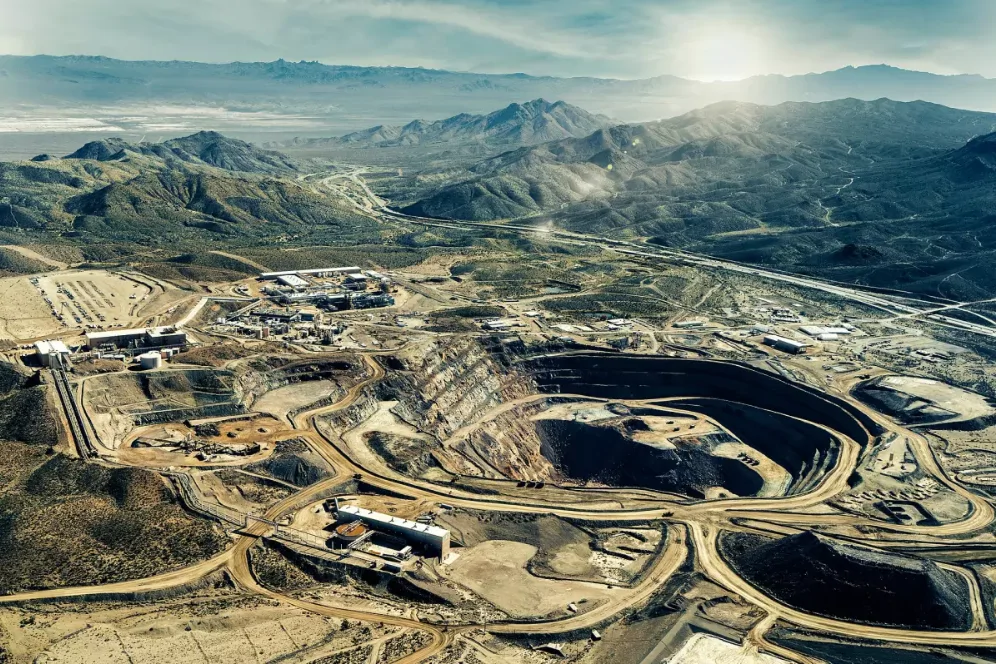The World's Top 10 Countries for Rare Earth Reserves
13 OCT 2025 09:59

The World's Top 10 Countries for Rare Earth Reserves
13 OCT 2025 09:59
Rare earth elements (REEs) are the foundation of modern technology and "green" energy. It is this group of 17 metals that ensures the operation of smartphones, electric vehicles, wind turbines, and even military equipment. Despite their name, they are not actually that rare, but they are distributed very unevenly on the planet, which gives them exceptional strategic importance. So, who owns the "resources of the future"?
China (44 million tons)
China is the undisputed leader in this field. It not only owns almost half of the world's reserves, but it also controls the vast majority of the extraction and processing processes. The strategic management of these resources has allowed Beijing to secure its key role in global supply chains.
Brazil (21 million tons)
Brazil ranks second, but despite its huge potential, extraction volumes are still limited. The country is actively developing geological exploration and infrastructure to increase production in the coming years.
India (6.9 million tons)
India is gradually increasing its extraction volumes, and the government is investing in the development of processing capacities to strengthen its national industry.
Australia (5.7 million tons)
A stable economy and a favorable investment environment make Australia one of the key players. A number of major mining projects are being implemented in the country.
Russia (3.8 million tons)
Russia is striving to strengthen its position in the global market by actively developing extraction and geological exploration.
Vietnam (3.5 million tons)
The main deposits are located near the border with China. Vietnam is developing extraction to reduce its dependence on imports and increase its export potential.
USA (1.9 million tons)
Despite the presence of the "Mountain Pass" mine in California, the US is heavily dependent on imports, especially from China, in the stage of converting ore into finished materials.
Denmark (Greenland) (1.5 million tons)
Although extraction is still limited, Greenland's significant reserves open up great prospects for the island's future industrial development.
Tanzania (890 thousand tons)
Extraction is in its early stages, but the country's resources have great potential for future investment and development.
South Africa (860 thousand tons)
South Africa rounds out the top ten. Despite significant reserves, extraction is limited, but active research is underway to meet growing global demand.
Related Reads
Sign in or create a free ReOpen Media account to post comments